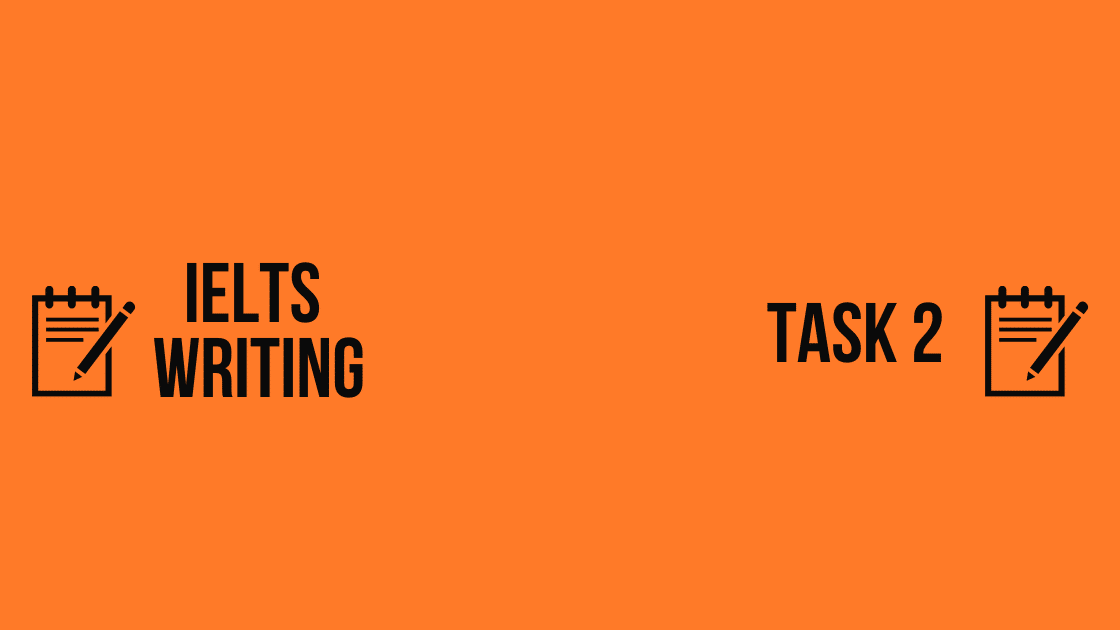The International English Language Testing System – IELTS writing module consists of two tasks: Task 1 and Task 2. Here’s an overview of each task along with some tips:

Task 1: Academic IELTS Writing
Describing Data In Task 1, you will be presented with a visual representation of information, such as a graph, chart, table, or diagram. Your task is to write a descriptive report based on the information provided. You should highlight the key trends, and significant points, and make comparisons where necessary.
Tips for Task 1:
- Understand the Visual: Take a moment to understand the type of visual you’re dealing with and the data it presents. Identify the main trends, highest and lowest values, and any notable patterns.
- Introduction: Begin with an introductory sentence that gives a general overview of what the visual represents.
- Body Paragraphs: Organize your report into logical paragraphs. Each paragraph should focus on a particular aspect or trend highlighted in the visual. Vocabulary and Variation: Use a range of vocabulary to describe changes, trends, and comparisons. Avoid repeating the same words or phrases.
- Numbers and Percentages: Be precise with numbers and percentages, but don’t overuse them. Round off numbers if necessary.
- Conclusion: Summarize the key points and trends from the visual without introducing new information.

Writing Task 1: General Training.
In this task, you are usually asked to write a letter based on a given situation.
The letter can be formal, informal or semi-formal.
Formal letter: To the authorities, or people we do not know.
Semi-formal Letter: To the people we know but not that well; Semi-formal letters are politer than informal letter and are written in a neutral style, neither very formal nor informal.
Informal Letter: to our family members, friends.
Points to be kept in mind while writing a letter:
- An appropriate tone should be chosen (formal, informal or semi-informal)
- The message should be clear.
- An appropriate opening/closing must be chosen.
- All the bullet points must be addressed.
- Use language for a variety of functions e.g. requests, complaints, apologies, enquiries.

Task 2: Academic / General Training Writing – Essay Writing
In Task 2, you will be given a topic or a statement, and you are required to write an essay discussing the topic from different perspectives. Your essay should present your opinion and support it with relevant examples, arguments, and evidence.
Tips for Task 2:
- Understanding the Prompt: Make sure you understand the topic or statement given. Identify the main question or issue you need to address.
- Thesis Statement: Start your essay with a clear thesis statement that outlines your position on the topic.
- Paragraph Structure: Organize your essay into clear paragraphs. Each paragraph should focus on a single idea or point.
- Development of Ideas: Provide examples, explanations, and evidence to support your arguments.
Use relevant personal experiences or real-world examples. - Counterarguments: Address potential counterarguments and provide a balanced view. You can either refute them or acknowledge their validity and explain why you still hold your opinion.
Conclusion:
Summarize your main points and restate your thesis in a different way. You can also provide a broader perspective or suggest potential implications.
Remember to practice writing essays and descriptive reports regularly, as practice is essential for improving your IELTS writing skills.
If you have a specific prompt or question, feel free to provide it, and we can assist you further by providing a sample response or additional guidance!
Team Crosslink wishes you all the best for your future!

